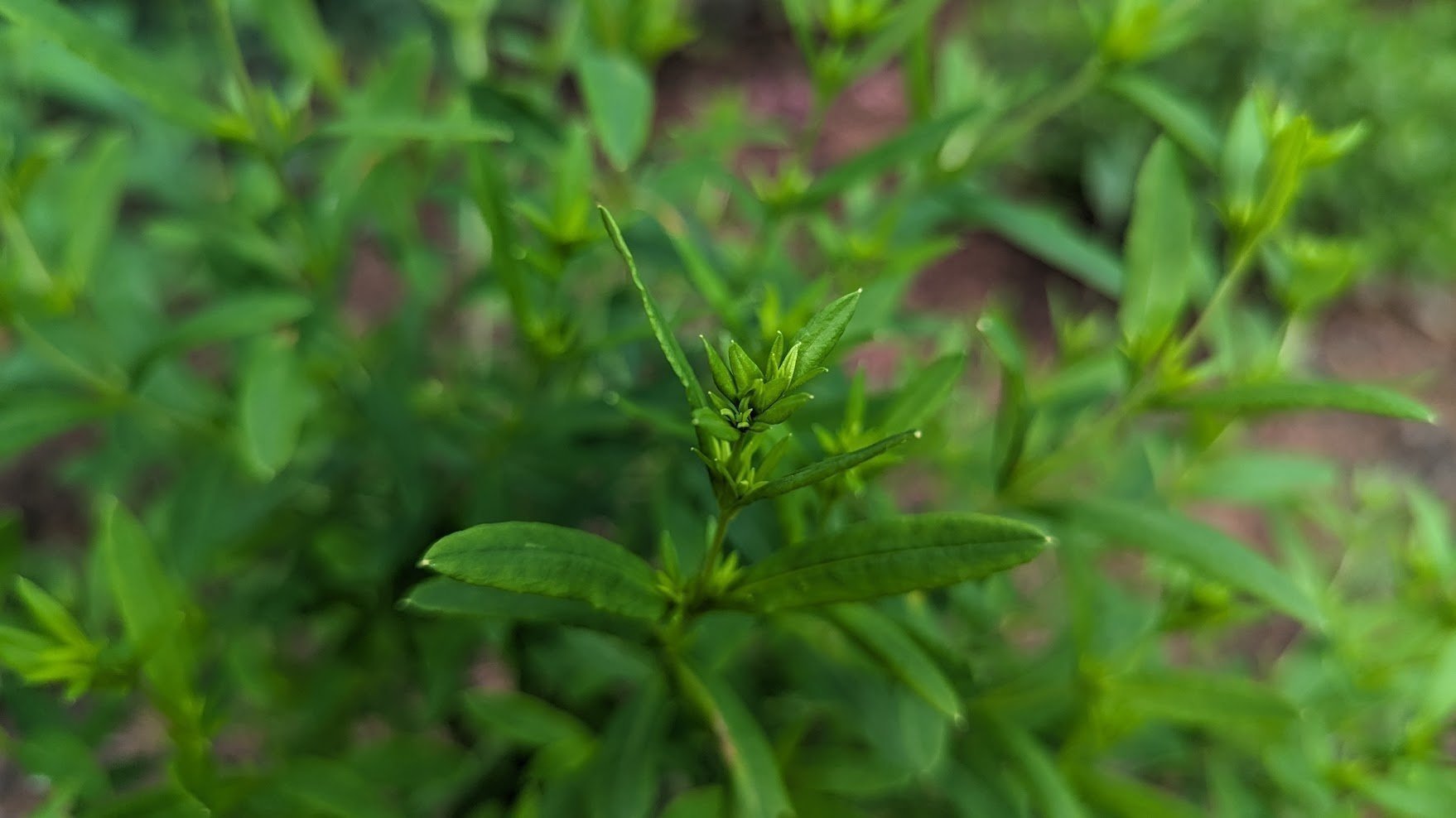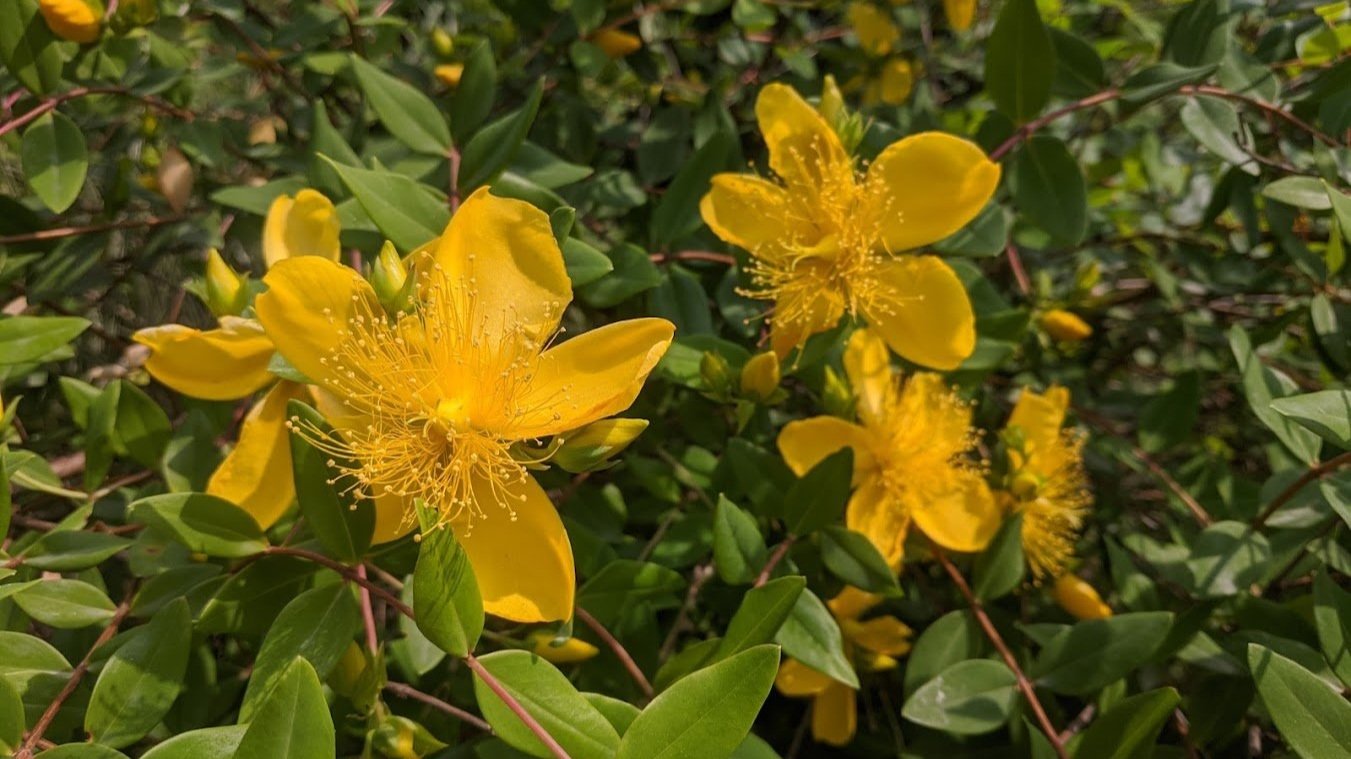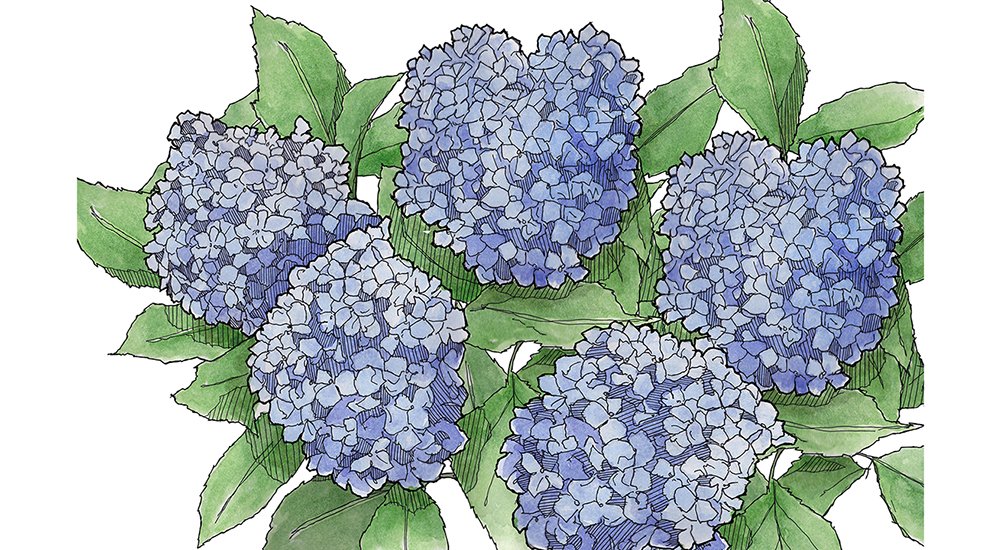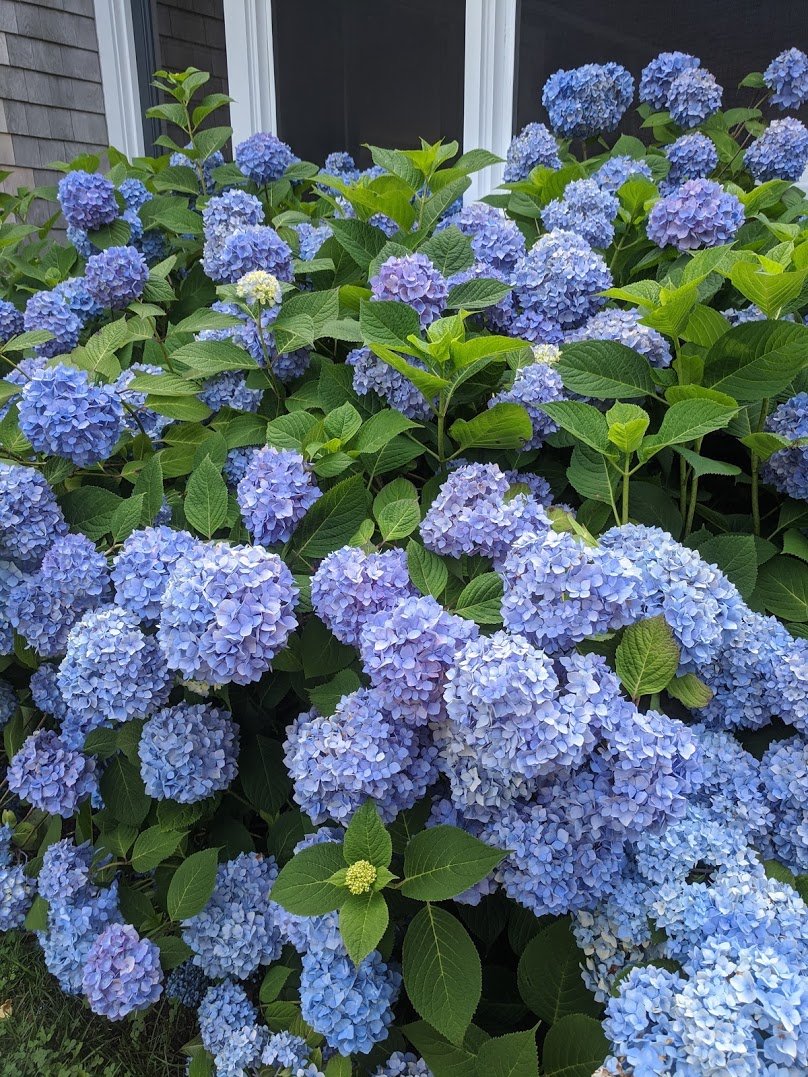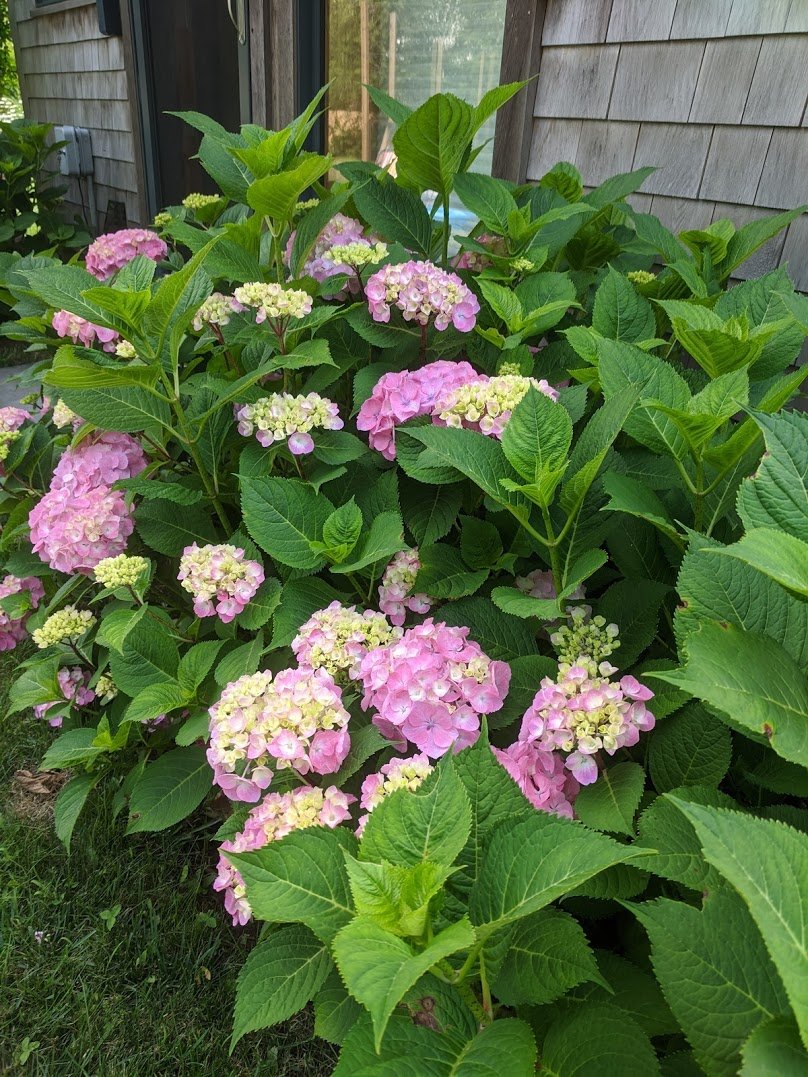*******************************
EARLY
SPRING BLOOMS
A Splash of Color for Your Landscape
Spring is here! The air is crisp, birds are filling the trees with song, and our garden center on State Road is open. Our greenhouse teams have been hard at work, waking up bulbs and sowing seeds, while landscape crews tackle spring clean-ups. With nature waking up, now is the perfect time to add vibrant color to your landscape! Here are some top early bloomers to consider:
Viburnum plicatum
*******************
VIBURNUM
A Spring Favorite
Viburnums are a must-have for spring gardens, blooming from early spring through June. Their attractive fruit and beautiful fall foliage make them a year-round winner. The early spring blooming viburnum flowers are extremely fragrant. Viburnums will do well in full sun to part shade. They are used as specimens in shrub borders, foundation plantings, as hedges or screens. They are attractive to butterflies and birds and tolerate a broad range of soil conditions, including poor or compacted soils. Prune right after flowering. We carry several varieties, including the native Viburnum dentatum and the compact ‘Blue Muffin’ Viburnum for smaller spaces.
Viburnum burkwoodii
Viburnum burkwoodii
Viburnum pragense
*******************
MAGNOLIA
Magnolia ‘Royal Star’ : A Fragrant Beauty
One of the first trees to bloom in spring, Magnolia ‘Royal Star’ dazzles with large, fragrant white flowers that appear before the foliage. With excellent cold and heat tolerance, this small specimen tree or large shrub is a standout in any garden.
Magnolia Royal Stars
Magnolia Royal Stars
*******************
FORSYTHIA
‘Lynwood Gold’: A Golden Welcome
For a burst of sunshine in early spring, Forsythia ‘Lynwood Gold’ is unbeatable. Its brilliant yellow flowers cover branches before lush green foliage emerges, with a hint of purple in the fall. A perfect way to brighten your landscape!
Forsythia 'Lynwood Gold'
Forsythia 'Lynwood Gold'
Forsythia 'Lynwood Gold'
*******************
PIERIS JAPONICA
Year-Round Interest
Pieris japonica is a broadleaf evergreen shrub that provides multiseason interest. In early spring, their cascading, delicate, bell shaped flowers bloom for about two weeks. The blooms range in color from white to pink. Simultaneously, bright pink, red, or bronze new foliage emerges, gradually transforming into glossy, oblong evergreen leaves. Beadlike flower buds form in late summer and hold steadfast through winter against their evergreen backdrop.
Deer resistant, slow growing and shade tolerant, Pieris japonica are ideal for adding year round color to mixed borders.
*******************
AZALEAS &
RHODODENDRONS
Bold Spring Color
These beloved spring bloomers provide vibrant color and lush greenery. Rhododendrons and Azaleas abundant blooms are welcomed first thing in spring. Rhododendrons dark green leaves, mature height and width make great screening! Azaleas are in the rhododendron family. There are both evergreen and deciduous varieties available. ‘Most’ deciduous azaleas bloom after the evergreen azaleas. They will bloom on old wood before the plant has leafed out for the year. For smaller gardens, Weston hybrid Azaleas offer a compact alternative.
To see these deciduous azaleas in their full splendor they will be blooming in a few weeks at the Polly Hill Arboretum!
Azalea ‘Landmark’
Deciduous Azalea
Rhododendron
*******************
MORE SPRING
BLOOMING SHRUBS
ORNAMENTAL CHERRIES, RED BUD, AND SAND CHERRIES
Dwarf Cherry
Cercis canadensis Pendula
Sand Cherry
Spring is short—make the most of it! Visit us on State Road to find the perfect shrubs for your garden and bring your landscape to life.
*******************


















